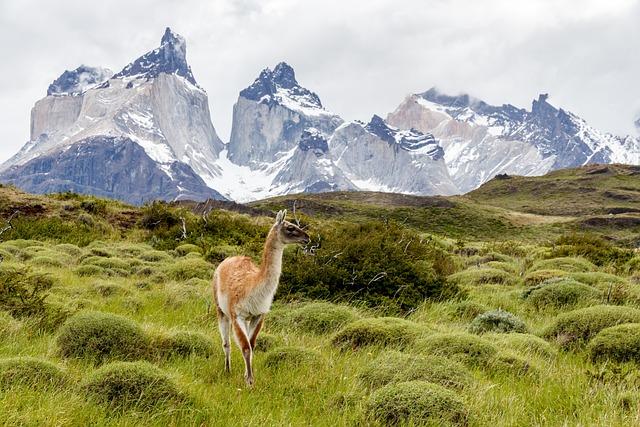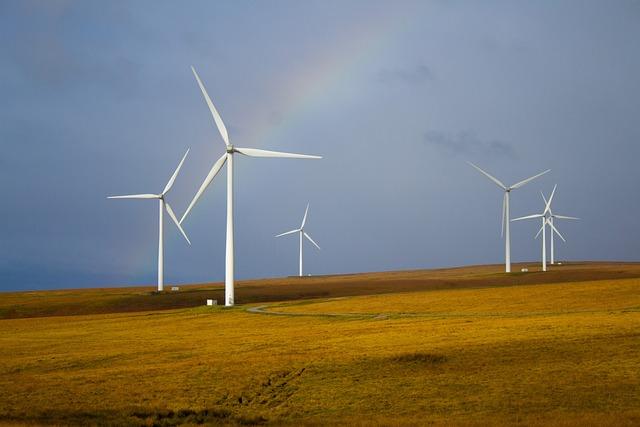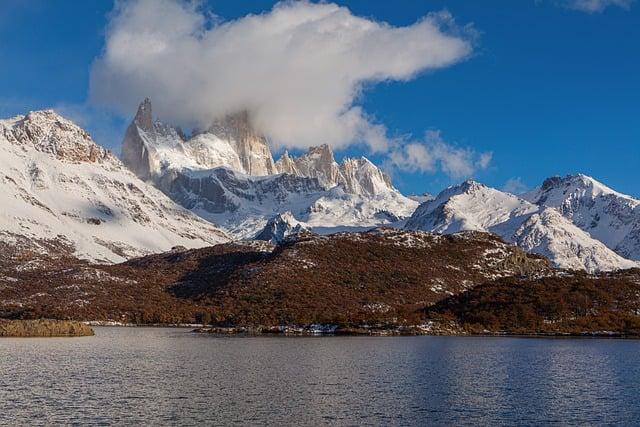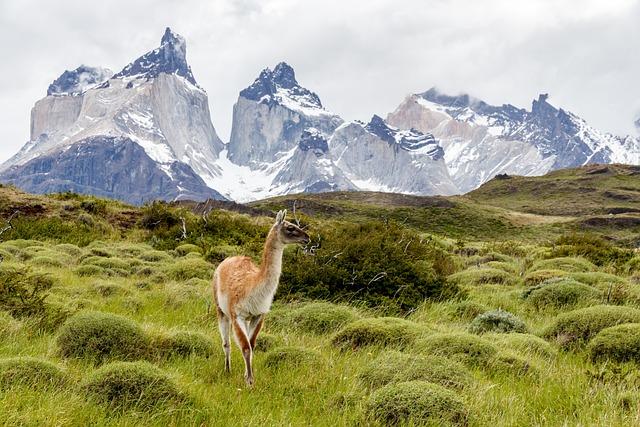- Introduction to Patagonia National Park Network
- The Creation of the Patagonia National Park Network
- Biodiversity and Wildlife in Patagonia
- Sustainable Tourism in Patagonia’s National Parks
- Conservation Efforts and Challenges
- Conclusion
- FAQs
- References
Introduction to Patagonia National Park Network
Patagonia National Park Network is a remarkable conservation project in South America that spans across Chile and Argentina's southern regions. Featuring stunning landscapes and diverse ecosystems, this network of protected areas has become an ecological haven promoting sustainable tourism, wildlife conservation, and environmental protection.
In this article, we will explore the origins and creation of the Patagonia National Park Network, highlighting its incredible biodiversity and wildlife. We will look at efforts made toward sustainable tourism and the environmental challenges faced by the park network. We’ll also dive into the contributions made toward conservation efforts in the region.
The Creation of the Patagonia National Park Network

(Image: Pixabay/@jmarti20)
The inception of the Patagonia National Park Network is a story of dedication and vision. The journey began with the famous conservationists Douglas Tompkins and Kristine McDivitt Tompkins, who acquired vast tracts of land in Patagonia with the singular goal of preserving its pristine wilderness.
Tompkins Conservation spearheaded efforts to rewild large areas, reintroduce native species, and work collaboratively with the governments of Chile and Argentina. Thanks to these actions, new national parks were formed, and existing ones expanded. This joint initiative culminated in the official creation of 17 national parks covering over 11 million acres in total between both countries.
A key turning point for the project's development occurred when the Tompkins family donated nearly a million acres to the Chilean government, the largest private donation of land ever made. This move greatly reinforced Patagonia as one of the world's leading models in conservation and public-private cooperation.
Today, the Patagonia National Park Network includes multiple parks such as Pumalín National Park, Patagonia Park, and Yendegaia National Park, safeguarding numerous ecosystems ranging from temperate rainforests to arid steppes.
Biodiversity and Wildlife in Patagonia

(Image: Pixabay/@12019)
One of the most compelling reasons behind the creation of the Patagonia National Park Network is its exceptional biodiversity. Patagonia is home to hundreds of unique plant and animal species, many of which are endemic to the region.
The dramatic landscapes of Patagonia include glaciers, dense forests, wetlands, and grasslands, all teeming with life. Among the remarkable wildlife found in the national parks are the Andean condor, guanacos, pumas, and the highly elusive Patagonian huemul, a species of deer that is critically endangered.
The region also supports an impressive range of birdlife, making it a birdwatcher’s paradise. Visitors can spot everything from the majestic black-necked swans to the vibrant Magellanic woodpecker. Marine life along the coastline includes penguins, whales, sea lions, and dolphins.
The vast tracts of protected land make it possible for these species and others to thrive without the threat of human encroachment, deforestation, or unsustainable development.
Sustainable Tourism in Patagonia’s National Parks

(Image: Pixabay/@EdWhiteImages)
Eco-tourism and sustainable travel are at the heart of the Patagonia National Park Network’s mission. With more tourists seeking environmentally conscious travel experiences, Patagonia's parks have positioned themselves as an exemplary destination for responsible tourism.
The design of visitor centers, lodges, and trails in the Patagonia National Park Network adheres to eco-friendly principles, ensuring minimal environmental impact. Small-scale developments use renewable energy, recycle waste, and maintain a delicate balance that preserves the fragile ecosystem.
Visitors to these national parks are encouraged to follow strict guidelines to minimize their footprint. Activities such as hiking, wildlife watching, and educational tours are designed to promote appreciation rather than exploitation of the natural surroundings.
The income generated from sustainable tourism helps fund ongoing conservation projects, local employment opportunities, and environmental education initiatives, further enhancing the protection of this irreplaceable natural heritage.
Conservation Efforts and Challenges

(Image: Pixabay/@chrisstenger)
Conservation has been a central focus in Patagonia since the national parks were conceived and established. However, protecting these lands has not been without its challenges. Efforts to reintroduce native species like the kodkod wildcat, a rare forest-dwelling feline, and the Andean condor have met some success, but threats remain for many species.
Issues such as illegal hunting (poaching), overgrazing by non-native livestock, and the introduction of invasive plant species present continuous obstacles to preservation efforts. Moreover, climate change has added another layer of complexity to conservation strategies, as rising temperatures threaten glaciers and alter the dynamics of Patagonia's marine ecosystems.
Despite these challenges, there are victories. One major achievement within the region has been the successful rewilding of several key species and the large-scale restoration of previously degraded lands. Collaboration between governmental agencies, indigenous communities, and non-profit organizations has helped achieve monumental progress.
Continued support and international attention are necessary for the long-term success of Patagonia's conservation goals. Balancing human activities with environmental health is a constant challenge but one that the park network tackles with innovation and resilience.
Conclusion
The Patagonia National Park Network presents a shining example of the potential for nature conservation on a grand scale. From rewilding campaigns to responsible tourism and an unwavering commitment to ecological preservation, the network has set a global standard for how humans can coexist with the natural world.
By embracing sustainable development while protecting the region's biodiversity, Patagonia reminds us of our responsibility to preserve Earth’s wildest places for future generations. The legacy of Patagonia’s parks will continue to inspire environmentalists, tourists, and policymakers around the world.
FAQs
What is the Patagonia National Park Network?
The Patagonia National Park Network is a system of protected parks that span across southern Chile and Argentina aimed at conserving the region's natural ecosystems and wildlife.
What are some of the national parks included in the Patagonia Network?
The network includes Pumalín National Park, Patagonia Park, Yendegaia National Park, and several other important parks in Chile and Argentina.
Who was responsible for the creation of the Patagonia National Park Network?
The creation of the parks was spearheaded by conservationists Douglas Tompkins and Kristine McDivitt Tompkins, alongside collaborations with the Chilean and Argentine governments.
What kind of wildlife can be found in Patagonia’s national parks?
Patagonia is home to pumas, guanacos, Andean condors, huemuls, as well as various species of birds and marine animals such as whales and penguins.
Is sustainable tourism promoted in the Patagonia National Park Network?
Yes, the network emphasizes eco-friendly tourism, following strict guidelines to minimize visitors' impact on the environment while enjoying the natural beauty of the parks.

